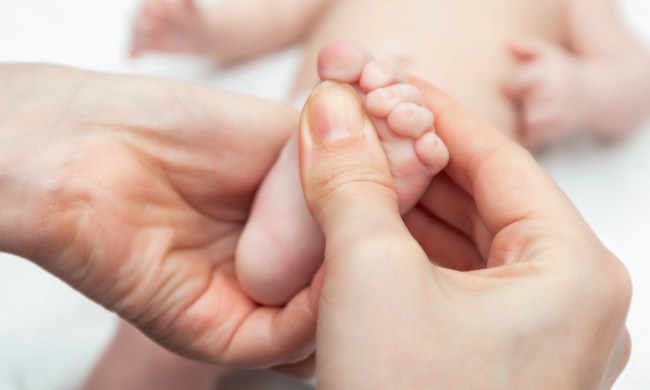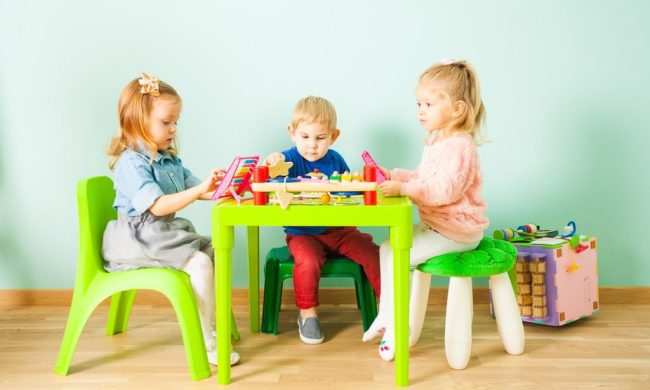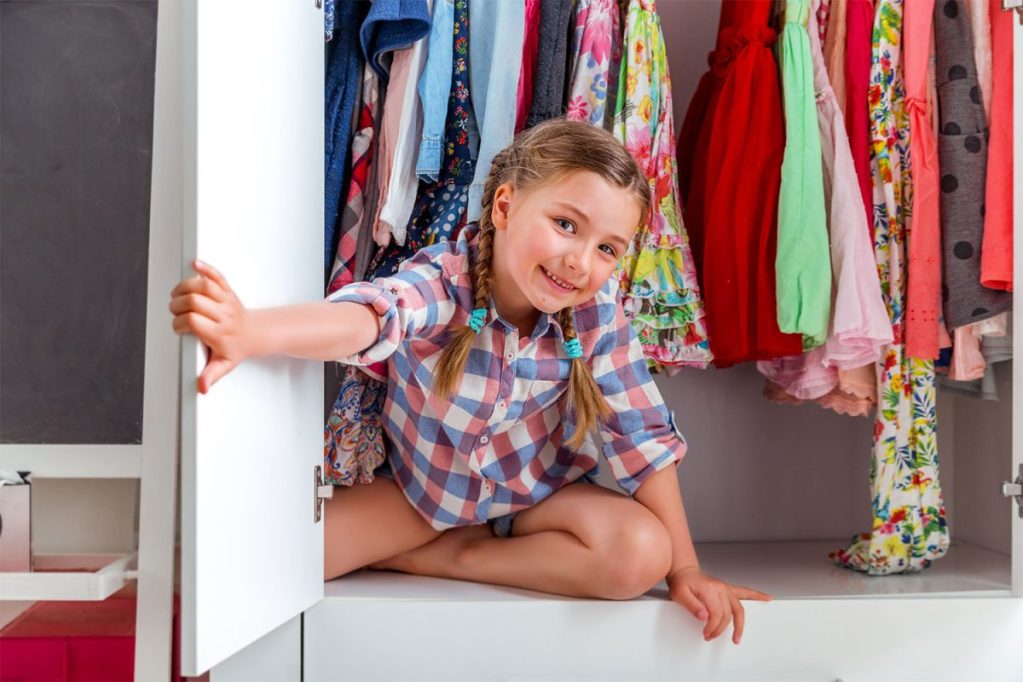
One thing that is harder to keep up with than your children’s newest favorite character is keeping up with their wardrobe changes. With unpredictable but frequent baby accidents (hello, blowouts), newborns need the largest number of outfits. Toddlers need more variety than quantity in their wardrobe and school-age kids spend the most time outdoors and need all types of kids’ clothes. Between them growing like weeds and your kiddo changing their style every season, your child’s clothing essentials are in a constant state of change.
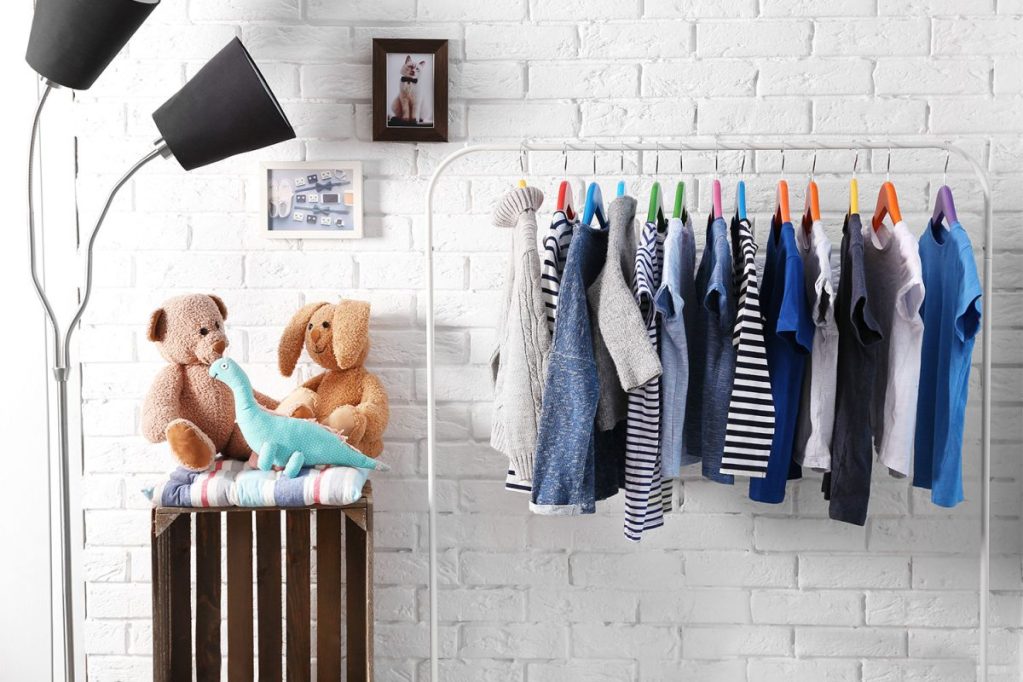
Too many clothing options is too time consuming
As great as it sounds, having too many clothes is as bad as having too little. Nobody wants to deal with a jumbo basket full of dirty clothes that smell like a CrossFit Box inside your apartment. And with today’s busy schedules, who wants to do laundry more than once a week? Maybe twice, if you have a baby at home.
So, why have more than one set for each day of the week? Even when children change their clothes daily, they rarely ever use more than a single outfit. One set per day plus backups for a play date or an ice cream accident in the car is all you need.
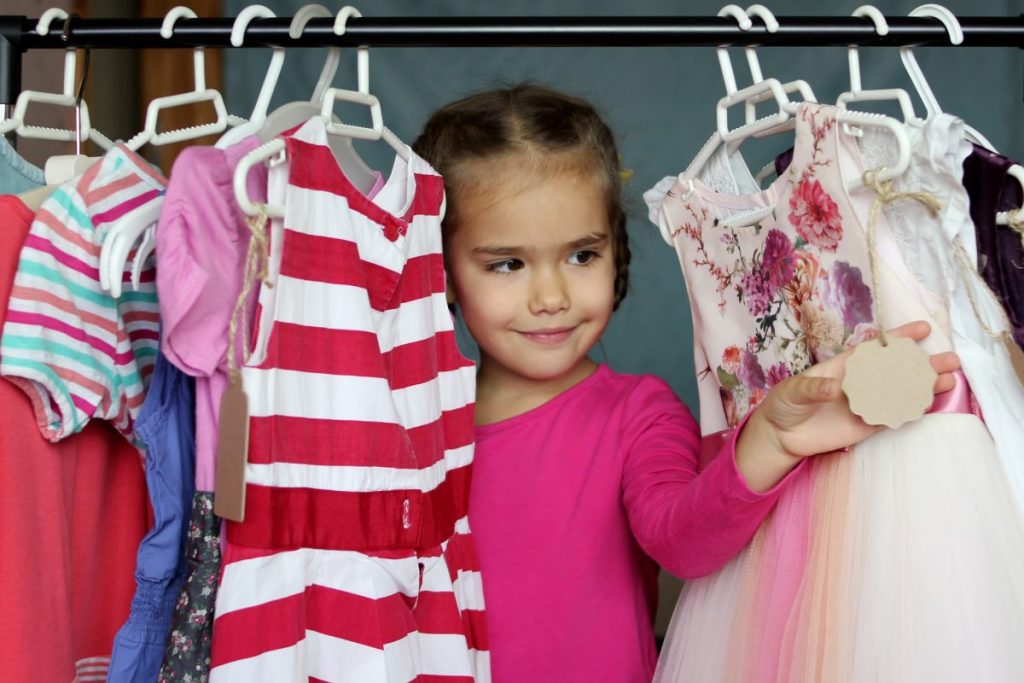
Avoid having forgotten clothes in the back of the closet
If spring cleaning comes around and you find nice dresses or cool pants with tags still on, it’s a clear sign your kids have more clothing than they wear. Remember that children grow every week, so they don’t need so many outfits from one season to the next.
Donate the extras
Once you’ve cleaned out that closet, what could you do with your child’s gently worn clothes? Donating them to charity or handing them down to family members or friends with younger children are the best options. There are lots of kiddos out there who could use outfits in good shape, and more likely than not their parents would love to save a bit of money.
Get only what your kids need
Don’t let the sales cycle dictate your spending habits. Instead, distribute your shopping throughout the year according to your children’s needs and the changing seasons. In the long run, you’ll save more by avoiding idle pieces in your kid’s closet.

What are the essentials?
Here are some wardrobe suggestions to make sure your child has everything they need in their closet without finding you’ve bought them way too much. Try to stick to only one of things like jackets or each type of shoe, as you’ll have to buy bigger sizes in those so quickly.
Basics to have
- Shorts
- Pants
- T-shirts
- Long-sleeved shirts
- Jacket
- Sneakers
- Rain boots
- Sweaters
- Sandals
- Pajamas
- Underwear
Mix and match to multiply the number of outfits
Let go of the “rules” about matching and allow the kids to help choose their own clothes. The best ideas often come from their brilliant imagination. Plus, this helps develop their sense of style. Combine and rotate your child’s sets frequently and you’ll discover dozens of hidden outfits from their basic wardrobe.

Wardrobe tips to maximize your child’s closet
No need to try to complete the rainbow
Many kids have two or three favorite colors. To avoid seeing those brown pants you love shoved in the drawer for months because your kiddo thinks brown is gross, let your child choose their favorite colors. You’ll be surprised by how practical their decisions are.
In fact, it’s not uncommon for children to choose many T-shirts in the very same colors! You can’t blame them, when the Mark Zuckerbergs and Bill Gates of the world wear the same outfit day in and day out. It helps avoid unnecessary decisions that often lead to younger children having emotional releases.
Location, location, location: Opt for climate-friendly clothing
Sometimes you’ll see a bunch of unused clothes in your kid’s closet because the weather rarely calls for them. It’s complicated to wear a coat in Southern California or a sleeveless T-shirt in Wisconsin. Buying clothes according to your geographic conditions saves space in the closet and ensures you get the most bang for your buck.
Avoid the clutter
As soon as the extra clothes are gone, you’ll feel a weight lifted off your shoulders — and your laundry basket! While it’s easy to fall in love with adorable kids’ clothes since they look so stinking cute in them, the opportunity to help those in need also feels great. Plus, involving your kids in the process of letting go is a great lesson that also teaches your family about kindness.
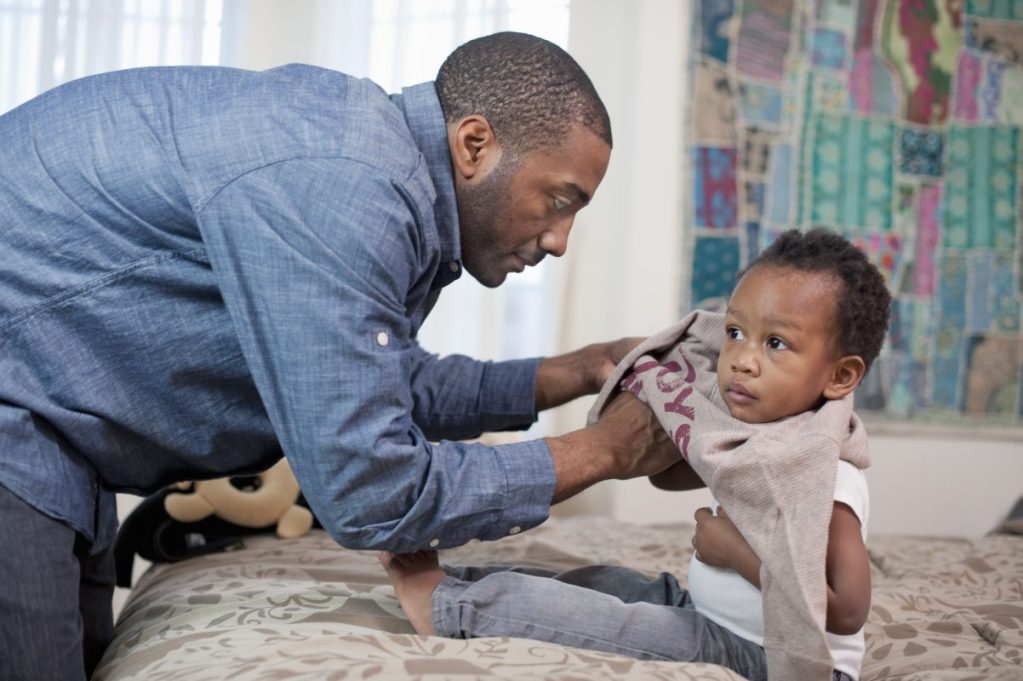
How your child’s lifestyle will determine the final number of clothing items
How many pairs of shorts you need to get or if your kid will need a winter coat comes down to personal factors in your family.
How to keep the clothing clean
Unless you don’t have access to washing machine regularly, no child needs seven of each item, with the exception of underwear and socks. But if you can’t wash the items as frequently, your child might need more basics like shirts and sweats.
The family budget
No parent thinks about back-to-school shopping and can’t wait to spend all of that money on new clothes, no matter how easy a child is to shop for. If your budget only allows for one new pair of jeans versus three pairs of regular pants until a certain time of year, make it work for your family.
On the topic of school, if your kid wears a uniform, then you’ll definitely need to adjust items based on what they can/can’t wear.
Don’t max out the storage space
Some homes have limited space in closets. If making it work for you means your child needs a more streamlined wardrobe, then that’s what you need to do. But also watch out, and don’t go too crazy if your house has closets you could live in. Just because the space is there doesn’t mean your grade schooler’s clothes need to fill it up.
Temperature check
Some kids are always hot, and some kids want to wear sweatshirts all summer long. Know your child to see if they even need sweaters at all. Of course, if you live in a warm weather state, you don’t need to get certain kids’ clothes.
While there isn’t a magic number or a rule set in stone about how many clothing items your child needs, it’s definitely a good place to start with these basics. This varies depending on your child’s age, their activities, and your local weather. Of course, there will always be times for special occasion outfits — a birthday or holiday dress or suit that will need to be factored in.
But, as each season begins, you’ll figure out if you need more or fewer pieces for everyday daytime wear. The most important thing is to use shopping as an opportunity for your child to express themselves and explore their own sense of style. Whether your child has five quality sets of clothing or ten, let your child’s personality come out through their clothing the way they want.
